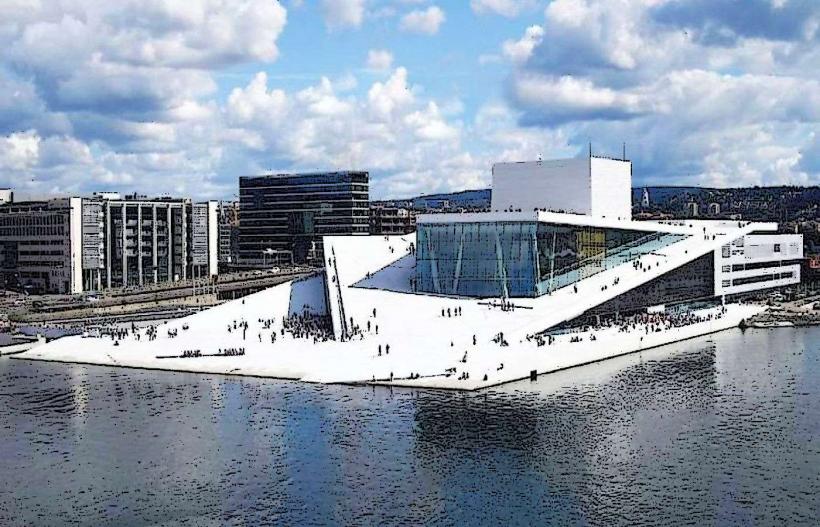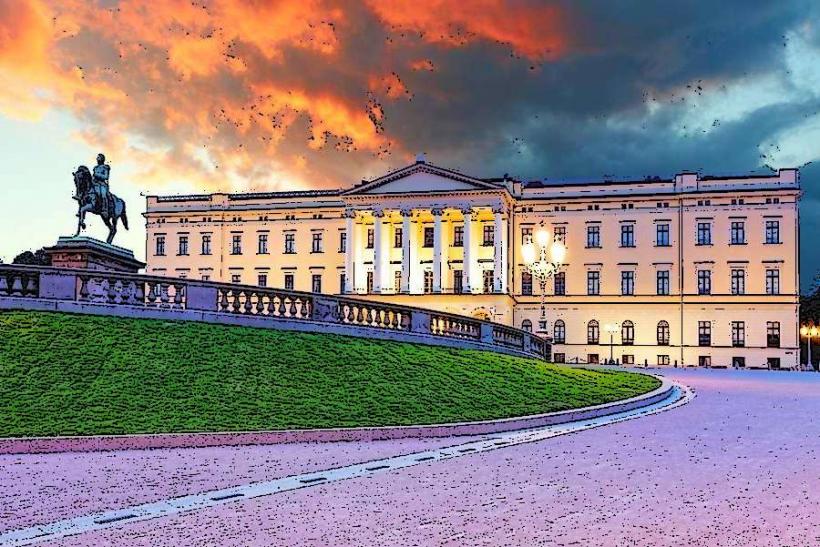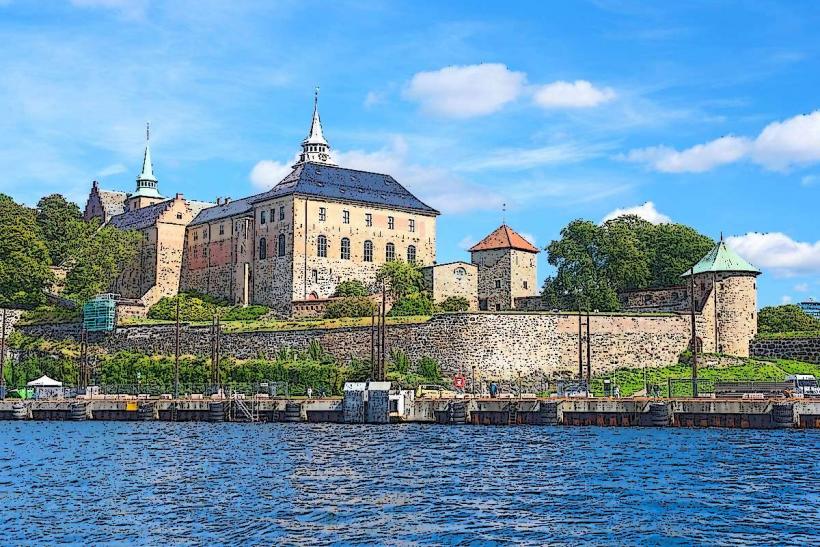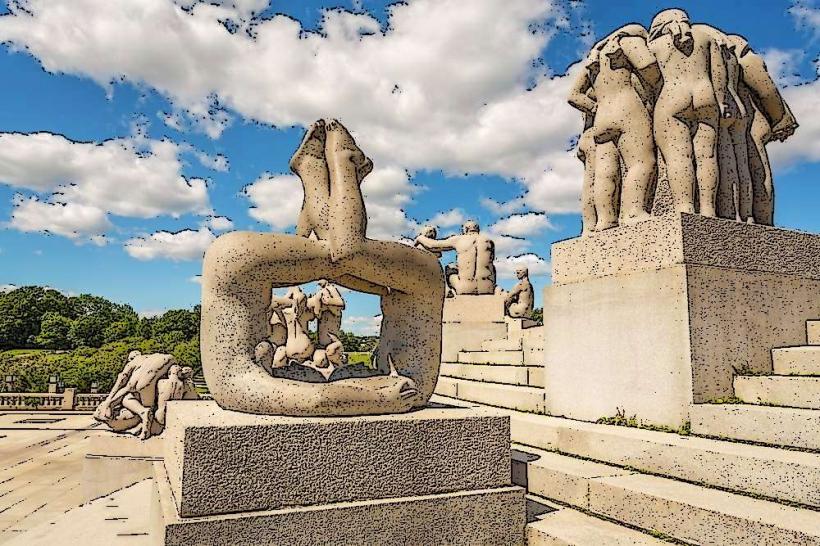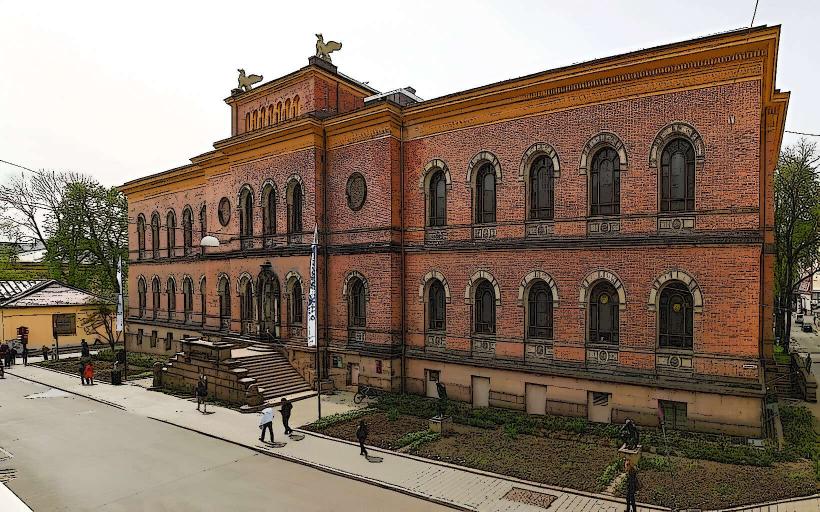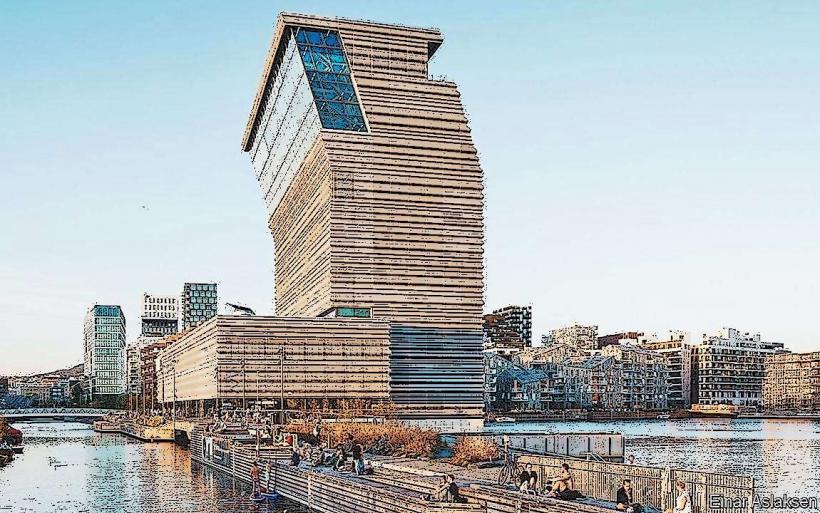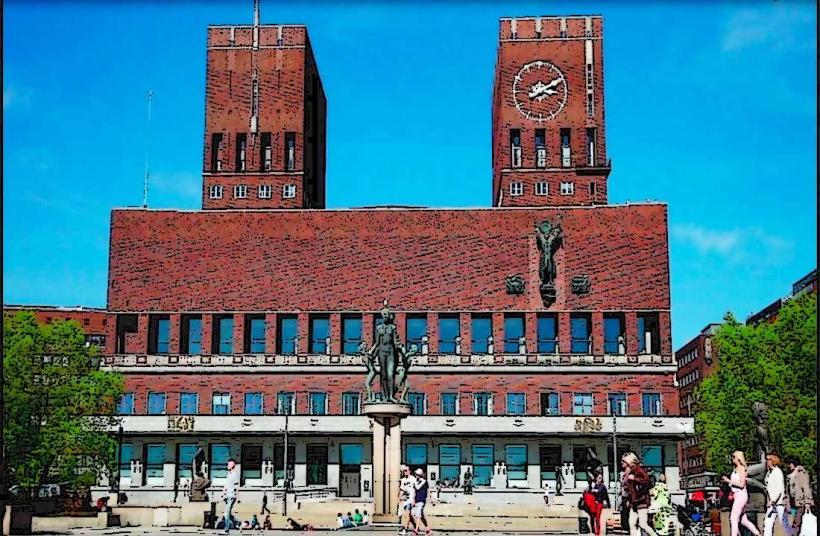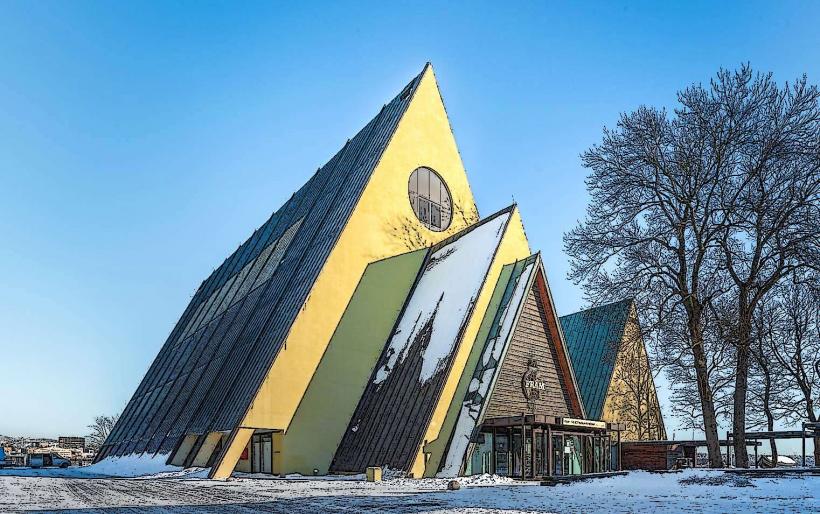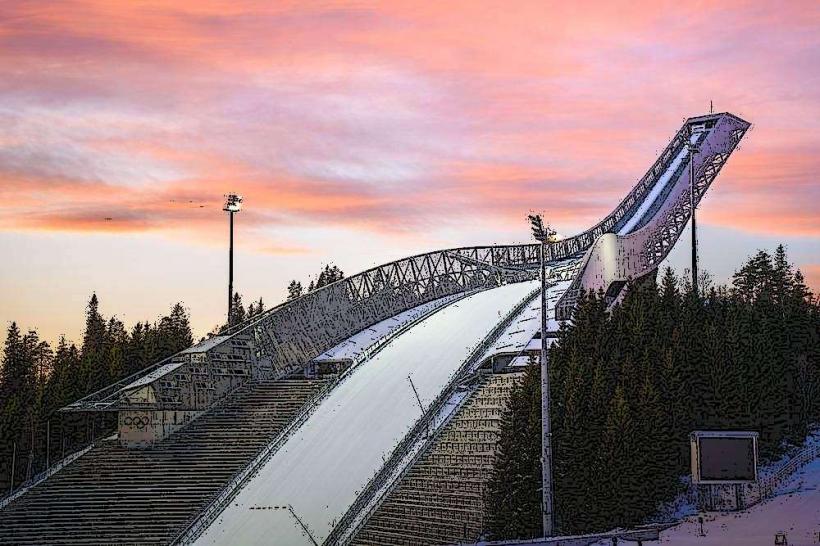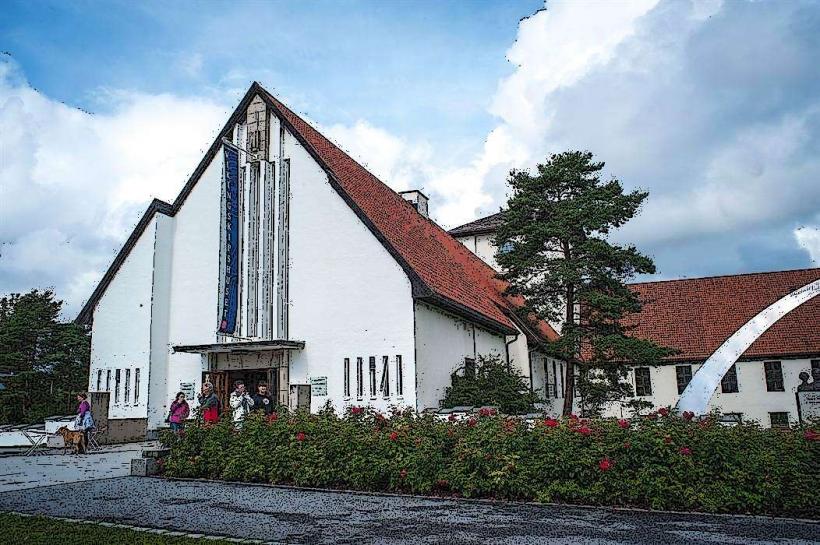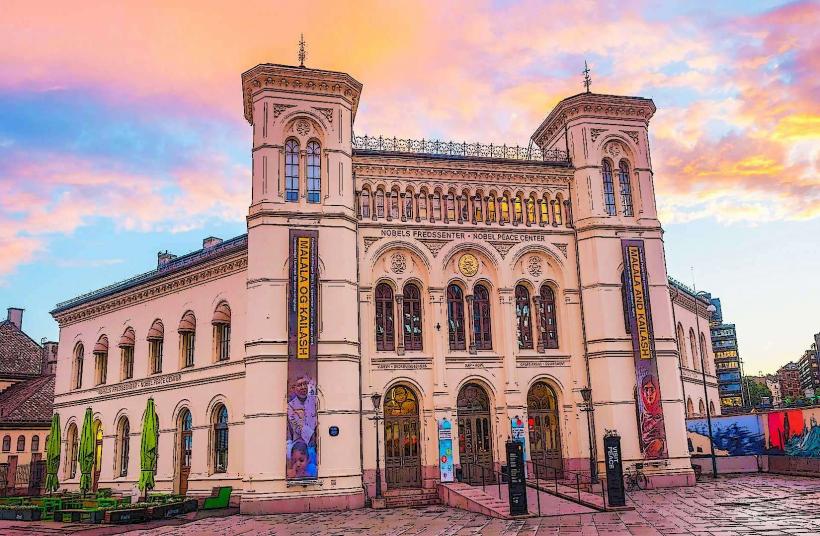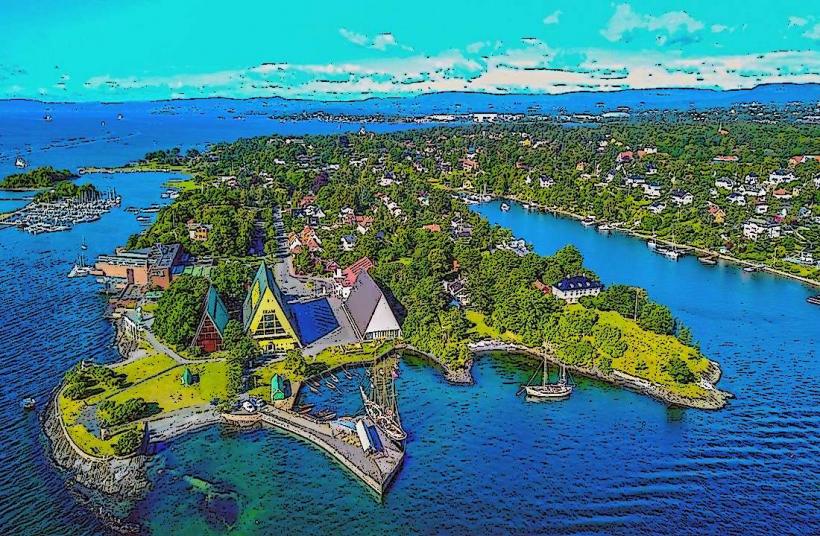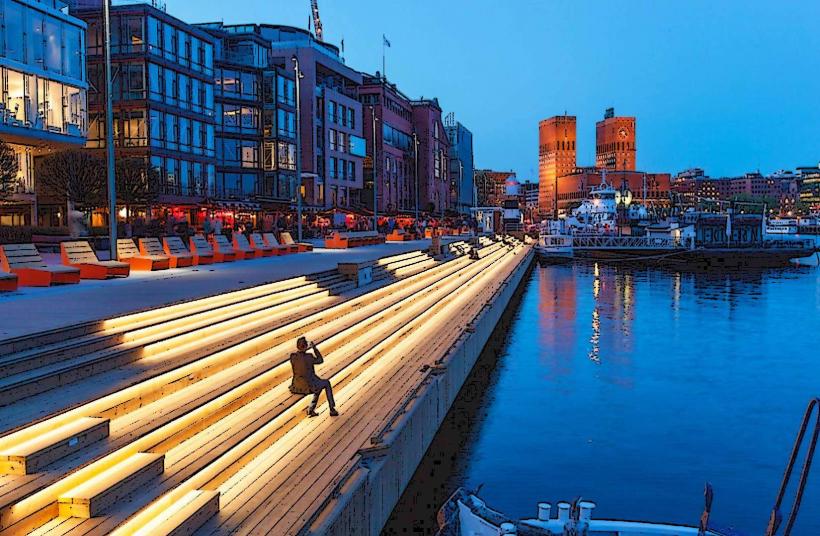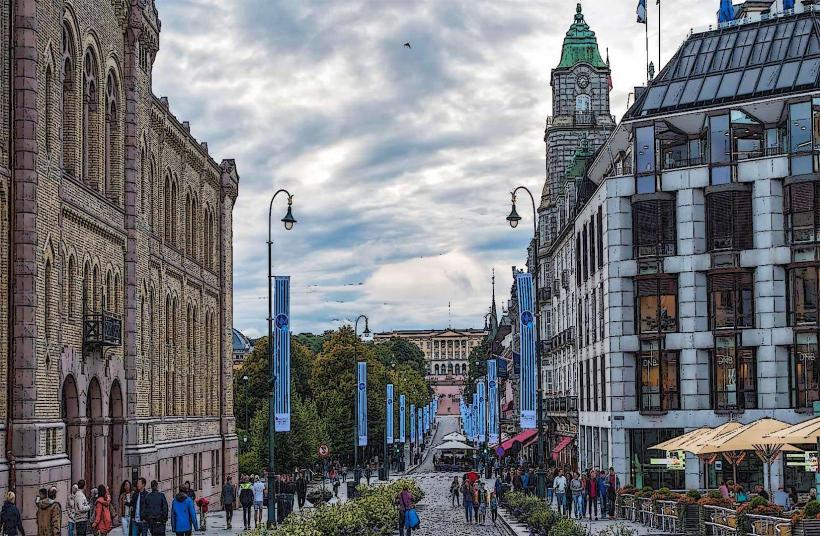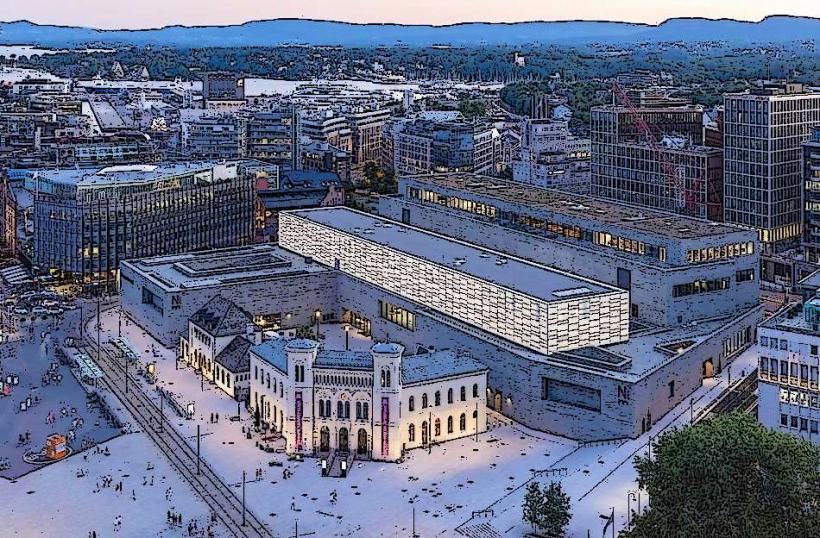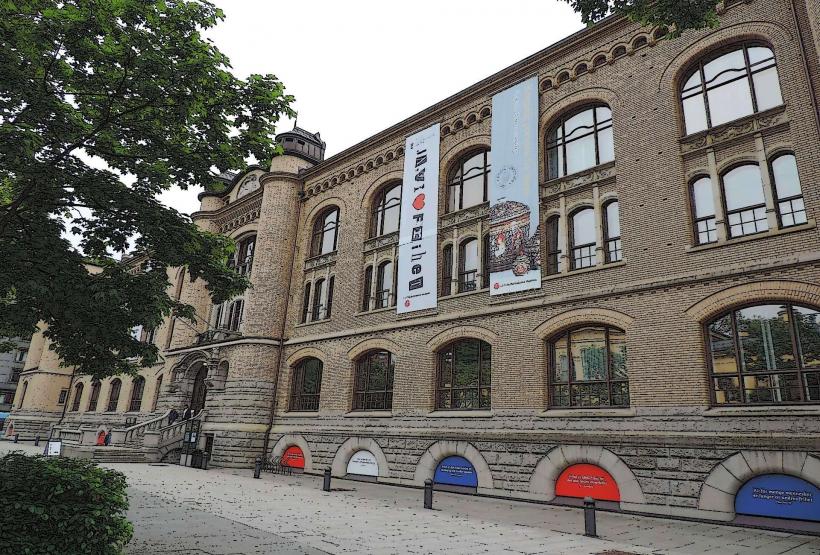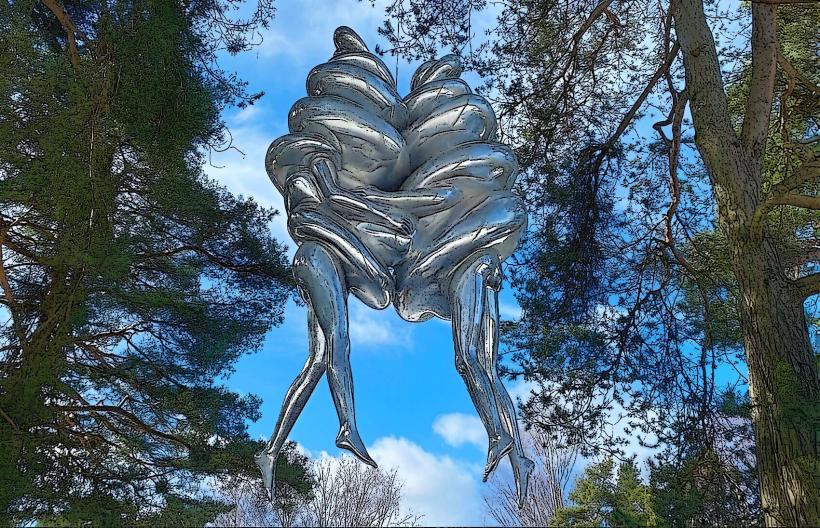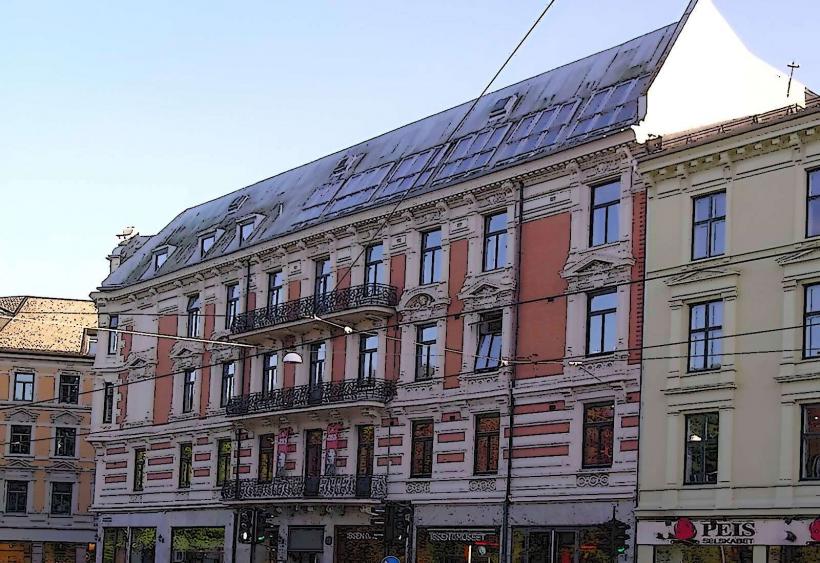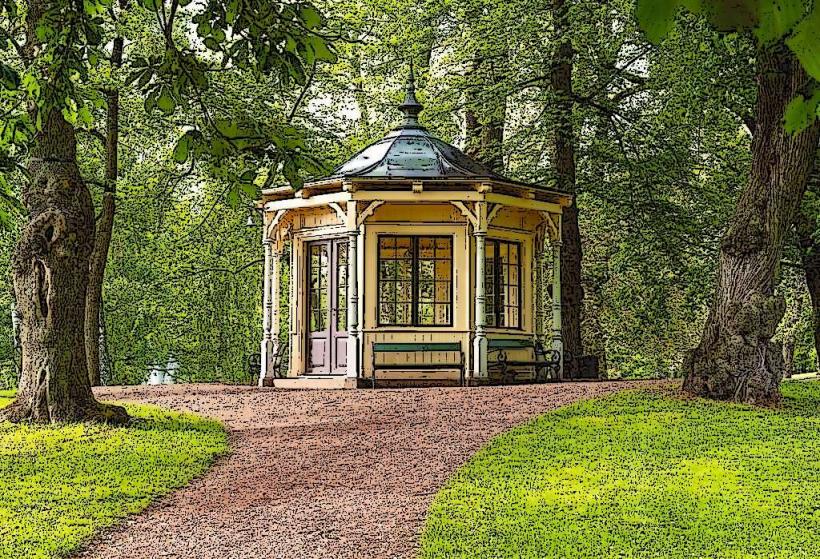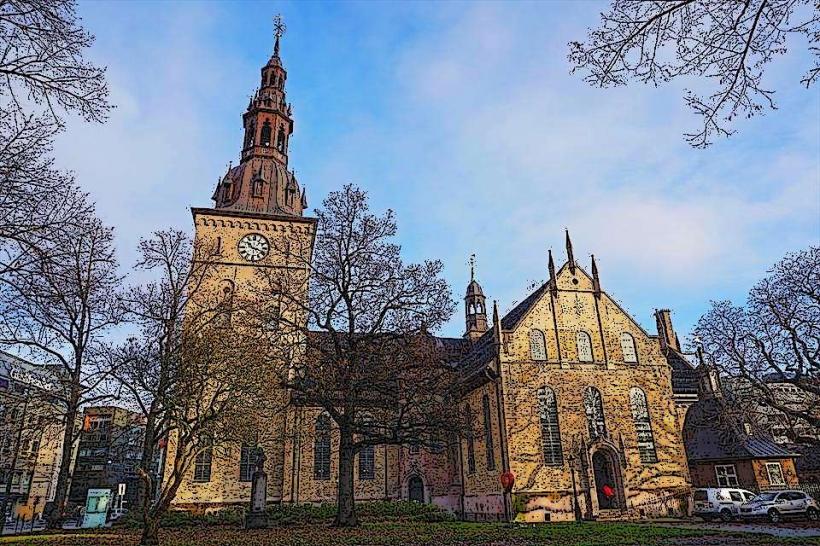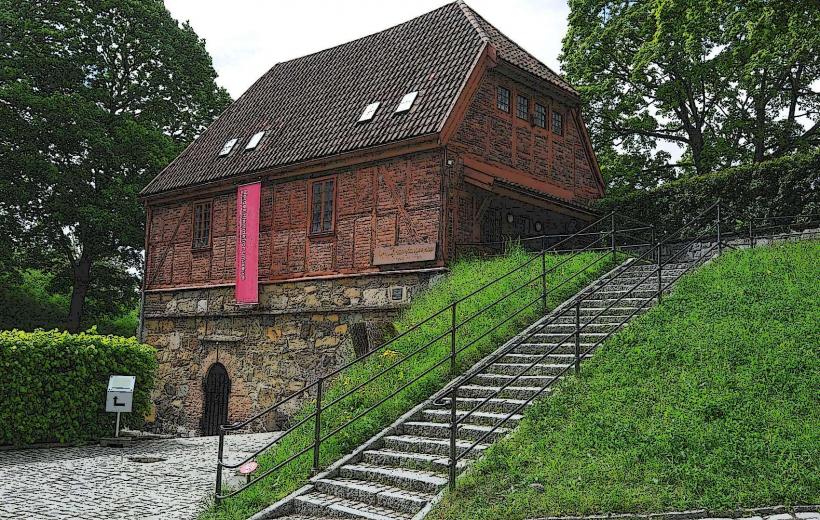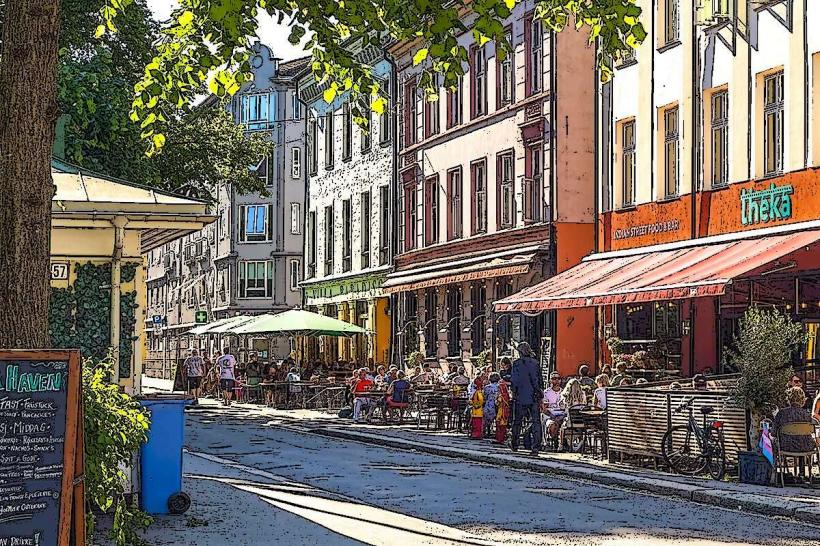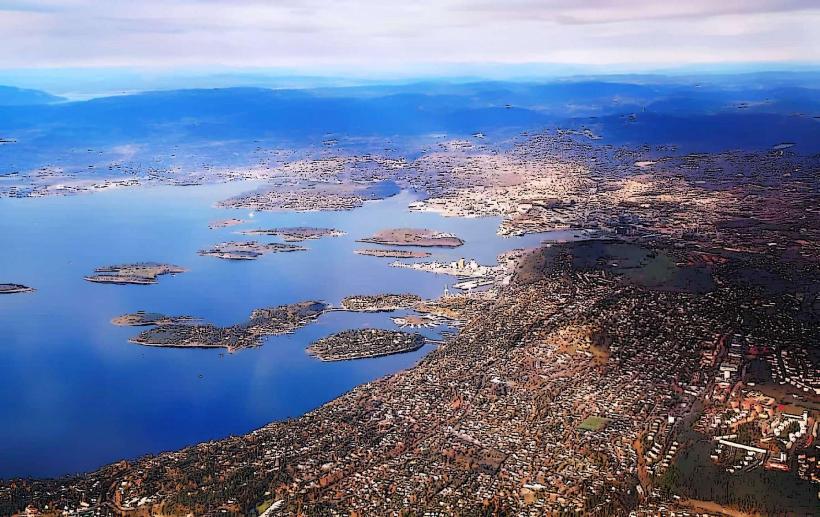Information
Landmark: Norsk FolkemuseumCity: Oslo
Country: Norway
Continent: Europe
The Norsk Folkemuseum (Norwegian Museum of Cultural History) is one of Norway's largest and most significant cultural museums, located on the Bygdøy Peninsula in Oslo. It offers a unique and immersive look at Norway's cultural history through a variety of exhibits that include an open-air museum with historic buildings, collections of traditional Norwegian artifacts, and insights into Norwegian life from the past to the present.
History and Background
- Founded: The museum was founded in 1894 by Hans Aall, a prominent Norwegian ethnologist. It was established to preserve Norway’s rich folk culture and traditions, and it has grown over the years to become one of Europe’s largest open-air museums.
- Location: Situated on the scenic Bygdøy Peninsula, the museum is near the Oslofjord and close to other key Oslo attractions like the Viking Ship Museum, the Fram Museum, and the Kon-Tiki Museum.
Key Features and Collections
Open-Air Museum:
- The open-air museum is one of the most important and popular parts of the Norsk Folkemuseum. It features over 150 historic buildings from different regions of Norway, showcasing rural and urban life across various periods. Some of the buildings were moved from their original locations to be preserved at the museum, and they include farmhouses, stave churches, townhouses, shops, and schools.
- Visitors can explore how people lived, worked, and interacted with their environment in the past, with a focus on Norwegian rural traditions and regional architectural styles. The buildings are arranged into thematic sections representing different historical periods and areas of the country.
Stave Church:
- One of the most iconic buildings at the museum is the Gol Stave Church, built in the 13th century. This structure is an example of Norway's distinctive medieval wooden architecture and a significant part of the museum's collection. The church is known for its intricate carvings and unique construction techniques, and it provides a glimpse into Norway’s medieval Christian heritage.
Urban Life Exhibits:
- The museum also delves into the transformation of Norwegian society with exhibits on urbanization and the industrial revolution. It covers how cities like Oslo (formerly Christiania) developed, and how everyday life changed as urban centers expanded. Visitors can view exhibits on how homes and lifestyles evolved in the 19th and 20th centuries.
Sami Culture:
- The museum offers insights into the traditional lifestyle of the Sami people, Norway’s indigenous group, with exhibits that highlight reindeer herding, traditional Sami dwellings (kåta), and the cultural practices of the Sami across Norway’s northern regions. The museum showcases Sami clothing, tools, and crafts, exploring their connection to nature and their historical way of life.
Traditional Clothing and Folk Art:
- Norsk Folkemuseum is home to an extensive collection of traditional Norwegian clothing, including examples of the national costume, bunad, worn for special occasions. The museum also features collections of folk art, including decorative furniture, hand-carved wood objects, woven textiles, and silverwork. These objects reflect the creativity and craftsmanship of rural communities and are representative of Norwegian culture over the centuries.
Folk Music and Dance:
- Norwegian folk music is another key aspect of the museum, with exhibits focused on traditional instruments like the Hardanger fiddle and the role of folk music in Norwegian social and cultural events. The museum regularly hosts performances and events featuring folk music and dance, showcasing Norway's rich musical heritage.
Exhibitions on Daily Life:
- The museum’s exhibitions often focus on different aspects of Norwegian daily life. Displays include details on how people worked, what they wore, and how they celebrated holidays and festivals. The museum has exhibits dedicated to cooking, handicrafts, agriculture, and seasonal customs, providing a comprehensive look at Norwegian traditions.
Other Notable Features
Seasonal Activities:
- Norsk Folkemuseum hosts seasonal events, such as Christmas markets, Easter traditions, and Midsummer celebrations. These events offer an opportunity for visitors to experience traditional Norwegian festivities, with live music, food, and crafts that bring Norway’s cultural heritage to life.
Children’s Activities:
- The museum offers interactive and educational activities for children, such as workshops, storytelling, and craft-making. These activities aim to engage younger visitors with Norwegian history and culture in a fun and hands-on way.
Museum Shop and Café:
- The museum has a gift shop where visitors can purchase traditional Norwegian handicrafts, books, and souvenirs. There is also a café offering Norwegian food and drinks, including typical Norwegian pastries and open-faced sandwiches (smørbrød), allowing visitors to enjoy a taste of the local cuisine.
Conclusion
The Norsk Folkemuseum offers a unique and fascinating journey through Norway’s cultural and historical heritage. From its expansive open-air exhibits to its immersive collections of folk art, architecture, and artifacts, the museum presents a well-rounded view of the country’s past and its traditions. It is an essential destination for anyone interested in learning more about Norwegian life, from rural communities to indigenous Sami culture and urban development.
Whether you are exploring the iconic Stave Church, wandering through the historic farmhouses and townhouses, or enjoying a folk music performance, the Norsk Folkemuseum provides a deep connection to the cultural richness of Norway. Its interactive exhibits, seasonal events, and family-friendly activities make it a memorable visit for people of all ages.

